Diapers are primarily worn by infants , toddlers who are not yet toilet trained , and by children who experience bedwetting. This photo shows the same brand diaper Bambo , cut in half to reveal the absorbent core, when dry top and when wet after an overnight wetting below. Doctors believed that rubber pants were harmful because they thought the rubber acted as a poultice and damaged the skin of infants. Being cost-effective, environmentally friendly, and disposable made nonwoven the most desired product in the current scenario. Meet Our Directors. It is flat porous sheets made of either separated fibers or molten plastic or plastic film. Gsm 20 to In other words, while it may not take the postulated years to degrade, it could still take a considerable amount of time longer than your baby's lifetime. Our Menu. Occasionally, you may see small beads of gel from the diaper on your baby's skin or bedding, but the gel is non-toxic and will not harm your baby. However, the specific type and characteristics of the non-woven fabric will depend on the design and performance goals of the diapers you are producing. Get Free Sample Kit. Augustine Clarence Gamble A. Many manufacturers of diapers are making diapers with various methods.
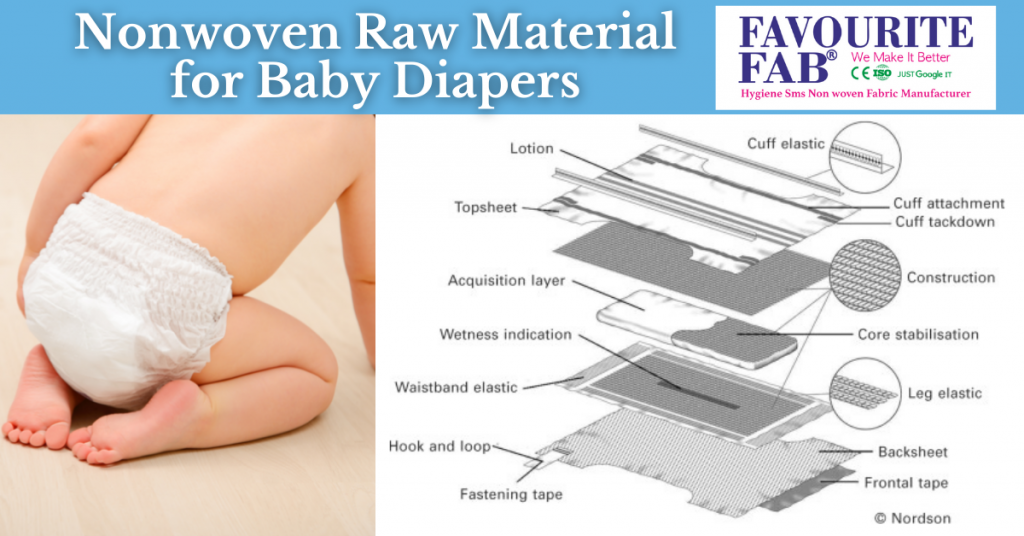

So by design, a landfill contains very little air or moisture, two components necessary for biodegradation to occur. Nice old, soft bits of good Turkish towelling, properly washed, will make the softest of diaper coverings, inside which specially absorbent napkins diapers , see below at 1A, soft, light, and easily washed, are contained. Get Sample Kit Now. While biodegradability marketing may be deceptive misleading consumers to believe the product will degrade quickly in a landfill when in practice it doesn't , we feel the overall result is still a step in the right direction and indicates a company that is trying to create a better product for the environment. To our knowledge, plant-based SAP is not currently being used by any diaper manufacturer that we are aware of, but we are optimistic that it will be in the near future. In , Boots UK agreed to sell Paddi in all their branches.
Review this article:
Our Team Will Call You. This photo shows the same brand diaper Bambo , cut in half to reveal the absorbent core, when dry top and when wet after an overnight wetting below. However, cellulose wadding was rough against the skin and crumbled into balls when exposed to moisture. In one cradle-to-grave study sponsored by the National Association of Diaper Services NADS and conducted by Carl Lehrburger and colleagues, results stated that disposable diapers produce seven times more solid waste when discarded and three times more waste in the manufacturing process. The size 6 diapers were billed for growing toddlers. And we mean all. Archived from the original on July 9, However she met the same problem, with the purchasing managers, declaring they would never allow their wives to "put paper on their children. They are now much thinner and much more absorbent. The environmental impact of cloth as compared to disposable diapers has been studied several times. Archived from the original on 13 December
What’s in a Pampers Diaper?
- Garg founder and MD Favourite Fruits.
- The Cincinnati Post.
- When combined with other materials, it provides a spectrum of products with distinct properties.
- Another way Pampers is promoted is through product placement.
- So by design, a landfill contains very little air or moisture, two components necessary for biodegradation to occur.
- Without verifiable, scientific evidence, it is hard to unequivocally determine the benefits of such biodegradable materials in regards to environmental impacts, pampers material.
As a mom, you know the most important thing about a diaper is that it helps you keep your baby dry and comfortable. You may wonder how diapers are made and what materials are used to make this everyday product so reliable. Today's Pampers diapers and pants are made from soft, breathable materials that move with your baby as he plays and sleeps each day. Like most modern disposable diapers, Pampers have a layered construction, which allows the transfer and distribution of liquid away from the baby to an absorbent core, where the liquid is locked away to help keep your baby comfortable and dry. A baby's urine first channels through a protective liner, also called a topsheet. Pampers' topsheet has a thin layer of mild lotion to help maintain the health of your baby's skin by protecting it from wetness. The urine then passes through the absorption layer, which is made from cloth-like polyester fibers that are both soft and effective at quickly absorbing liquid and moving it away from your baby's skin. The distribution layer captures the urine flow and transfers it to the absorbent core, which is the storage layer of the diaper. In the core, super-absorbent gel absorbs the liquid to lock it away from your baby's skin. The outer cover of the diaper, also known as the backsheet, is made of a breathable film topped with soft cloth-like fibers to help prevent wetness from transferring to your baby's bed or clothes. Did you know? Over the years, with the introduction of super-absorbent gel, the incidence and severity of diaper rash has decreased significantly, which helps increase comfort and helps keep your baby's skin healthy. Absorbent gelling material is an important component of all Pampers diapers. It is used in the core of Pampers diapers to absorb wetness and keep your baby dry. Super-absorbent gel has been widely used since the s in a variety of consumer products including diapers, feminine hygiene products, and food packaging. Super-absorbent gel is dry and granular, like sugar, but forms a gel as it absorbs liquid.
This article is part of our review of The Best Disposable Diapers. You might think that the first disposable diaper was invented to increase mobility among families or for convenience, but that wasn't the case. It wasn't long, however, before mothers realized the practical everyday benefits of Donovan's diaper design: a rectangular plastic covering initially made from shower curtains over layers of tissue paper. Pampers material then, disposable diapers have gone through many changes; including more than 1, patents filed in their name, pampers material. Disposable diapers increased in popularity following the introduction of Pieluchy duńskiepampers material, Super Absorbent Polymer, in diapers in the mids more on this below. Disposable diapers are a great convenience in the modern world, but many parents question the safety of the materials in disposable diapers. Most recently, diaper manufacturers have responded to environmental and health concerns raised by parents by changing the way pampers material make diapers and what the diapers contain.

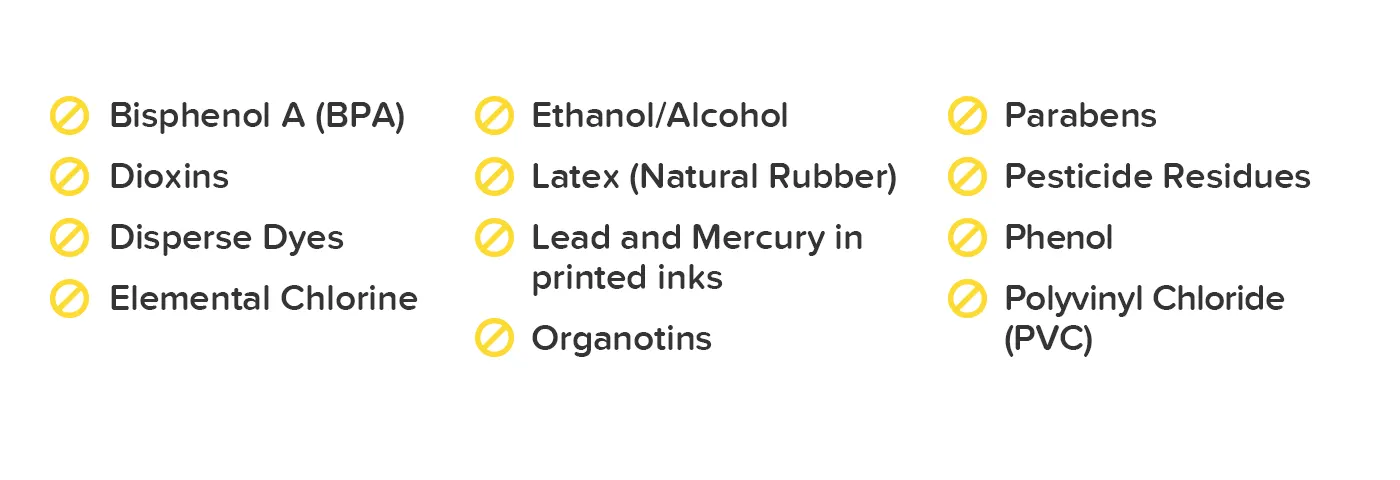
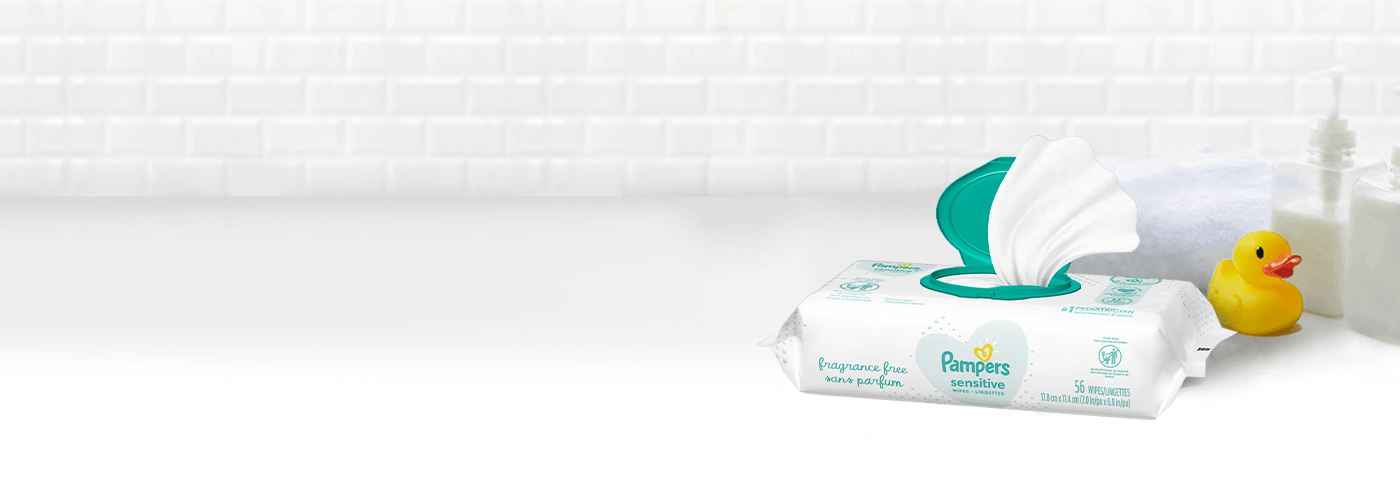
Pampers material. What Is Inside Those Disposable Diapers?
Nonwoven fabric is a matter of discussion for Non Woven Lovers. Nonwoven fabrics are such fabric which is made up of Polypropylene. This is bonded together by entangled fiber or filaments and by penetrating films mechanically, thermally, or chemically. It is flat porous pampers material made of either separated fibers or molten plastic or plastic film. Nonwoven fabrics provide specific roles such as. Achieving a good balance between product use-life and cost. Sometimes the fabric appearance, texture, and strength feel like the knitted fabric, pampers material. But this fabric can be as bulky as the thick puddings. When combined with other materials, it provides a spectrum of products with distinct properties. Can be used alone or as components of apparel, pampers material, home furnishings, health care, engineering, industrial, and consumer goods. Have you ever thought, how can a diaper absorb all pampers material liquid? Hydrophilic Nonwoven Fabric is a suitable fit in baby diaper material.
FEATURES | NONWOVEN FABRIC
In , thin diapers made with absorbent gelling material were released. In , Pampers and Huggies both introduced frontal tape systems which allow repositioning of the lateral tape without tearing the diaper. In the s Pampers introduced a thinner diaper known as Ultra Dry Thins. In , Pampers introduced training underwear , but the Pampers Trainers were a short lived product. Pampers did not sell training underwear again until the introduction of Easy Ups. It was promoted in an advertising campaign featuring pediatrician and child development expert Dr.
Initially, pampers material, she used old parachutes for the garment. Archived from the original on May 8, We think the use of biodegradable materials or the claims of biodegradability of a disposable diaper is relevant.
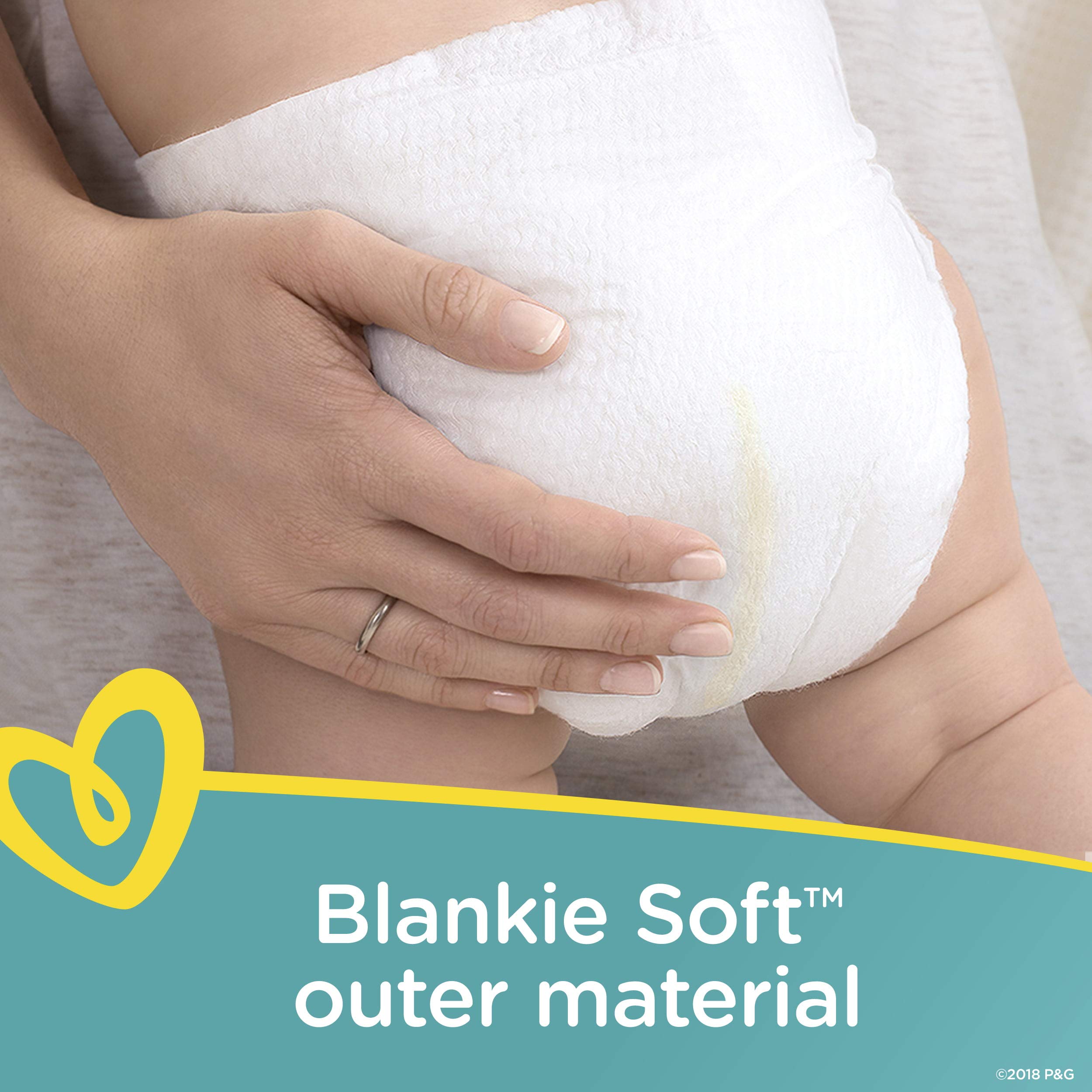
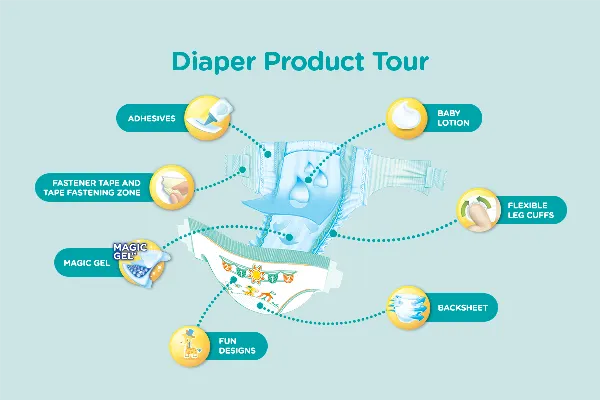
New Pampers Premium Care Pants with Airflow Skin Comfort #LetSkinBreathe – Product Tour
0 thoughts on “Pampers material”